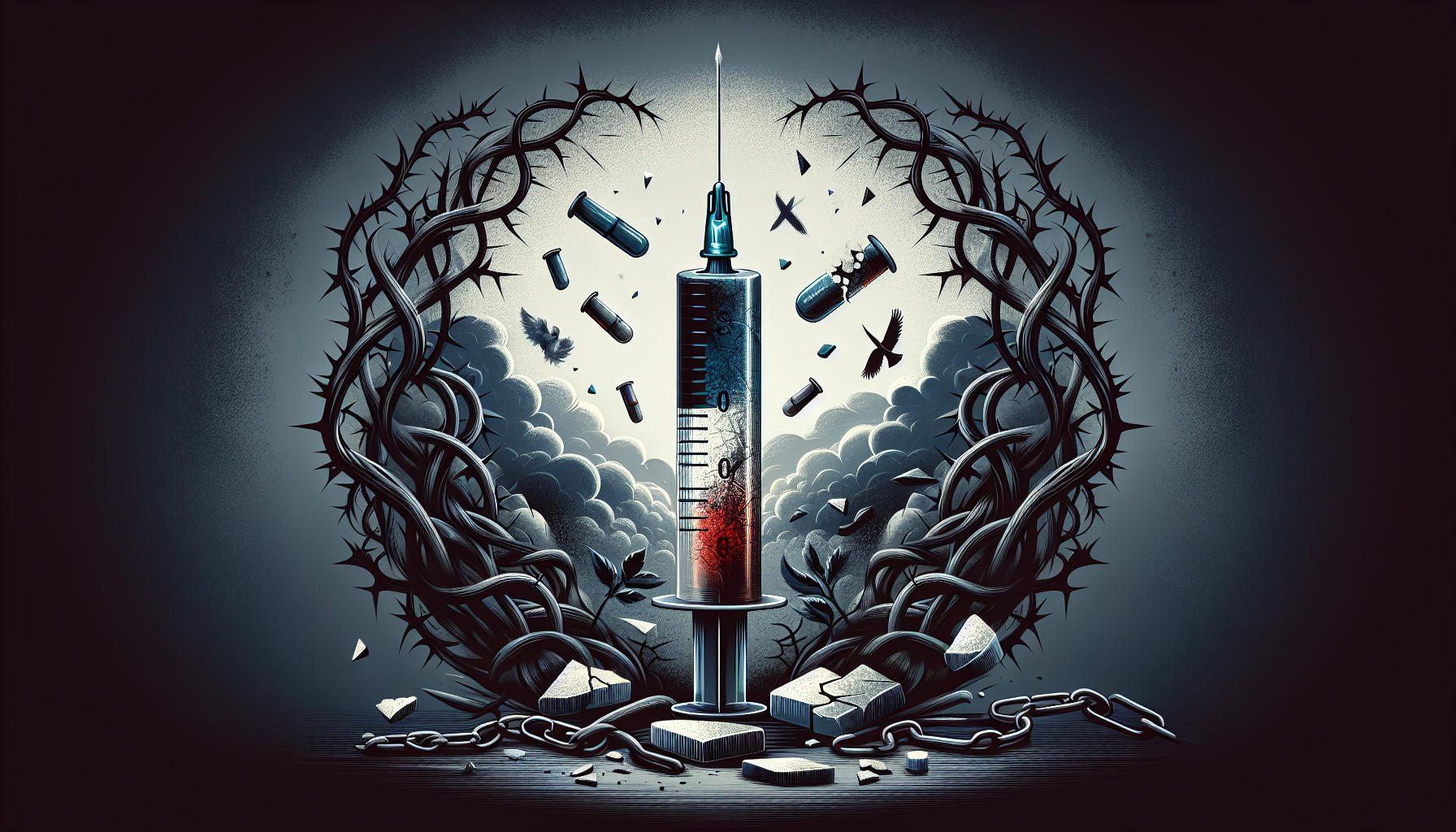August 27, 2024
The Lethal Consequences Of Mixing Designer Drugs
Discover the impact on your body and seek help for a brighter future.

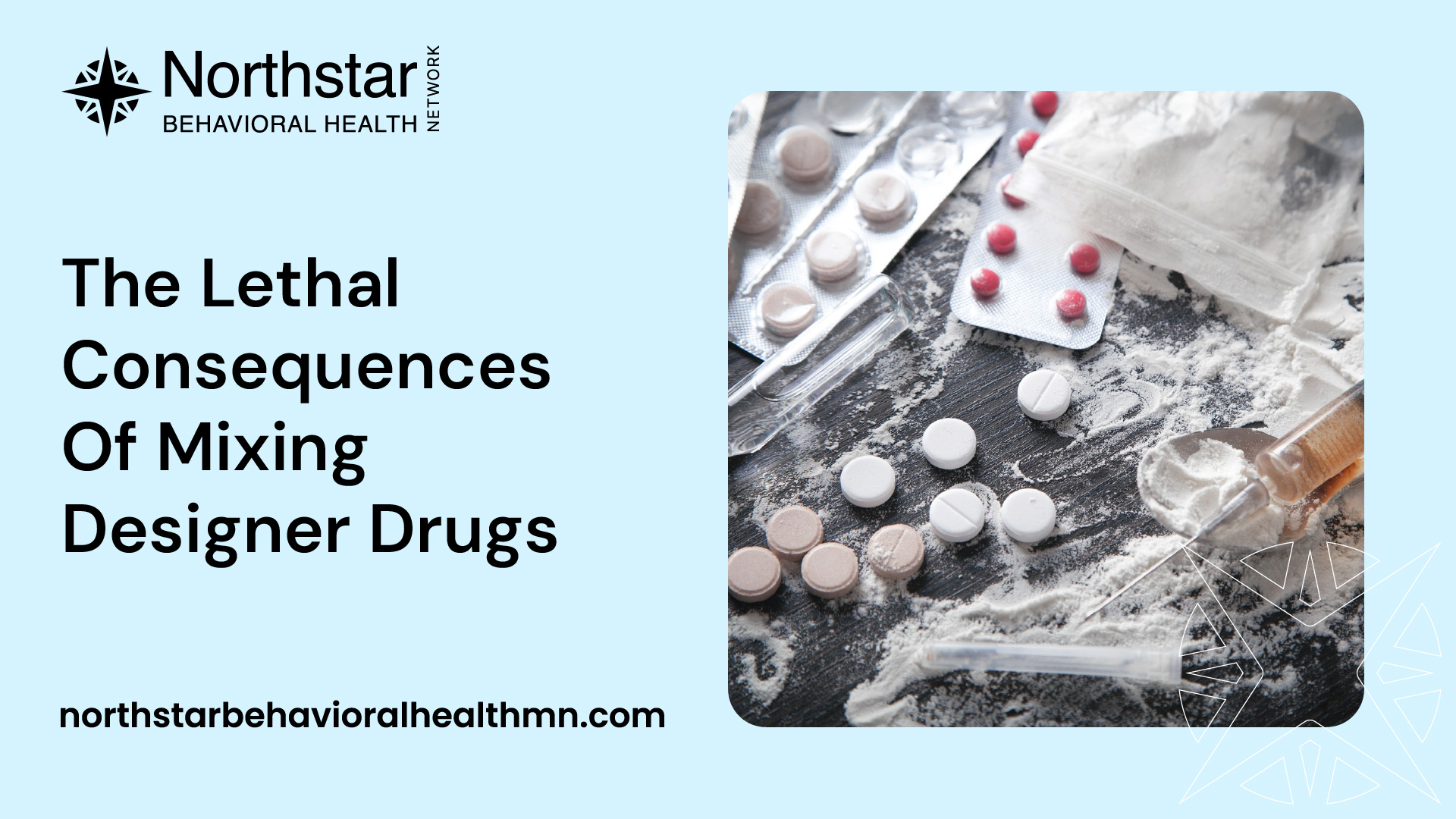
The Dangerous Mix: Designer Drugs
Designer drugs have gained popularity in recent years, but their use can come with serious risks, especially when they are mixed together. Understanding what designer drugs are and the dangers associated with mixing them is crucial for individuals concerned about their well-being.
What Are Designer Drugs?
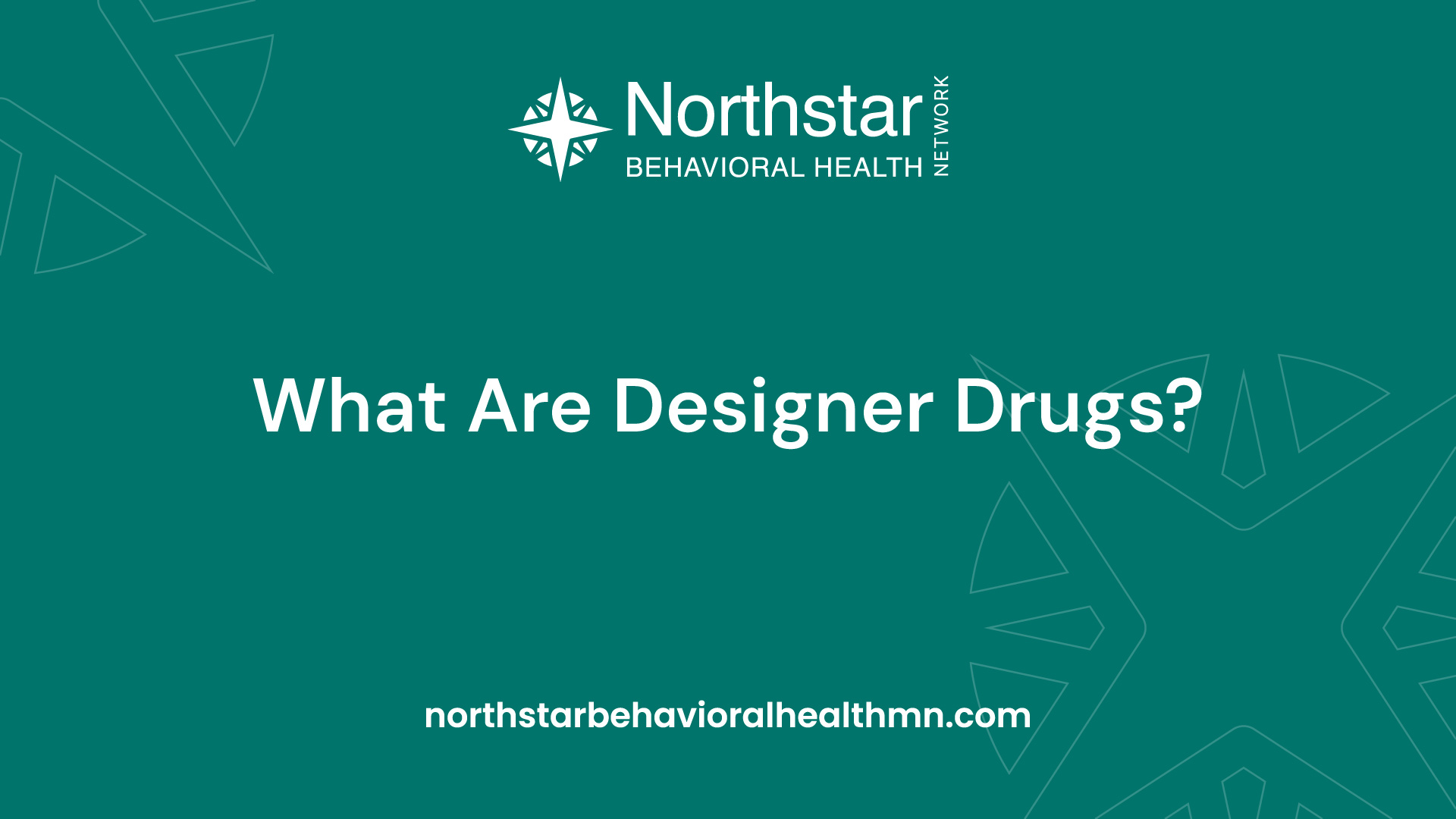
Designer drugs, also known as synthetic drugs, are chemically engineered substances that are designed to mimic the effects of illegal drugs like marijuana, cocaine, or ecstasy. These substances are created in underground laboratories and often undergo chemical modifications to evade legal restrictions.
The composition of designer drugs can vary widely, and they are typically sold as powders, pills, or liquids. Common examples include synthetic cannabinoids (such as Spice or K2) and synthetic cathinones (such as bath salts). The specific ingredients and potency of these drugs can be unknown, making their effects unpredictable and potentially dangerous.
Understanding the Risks of Mixing Designer Drugs
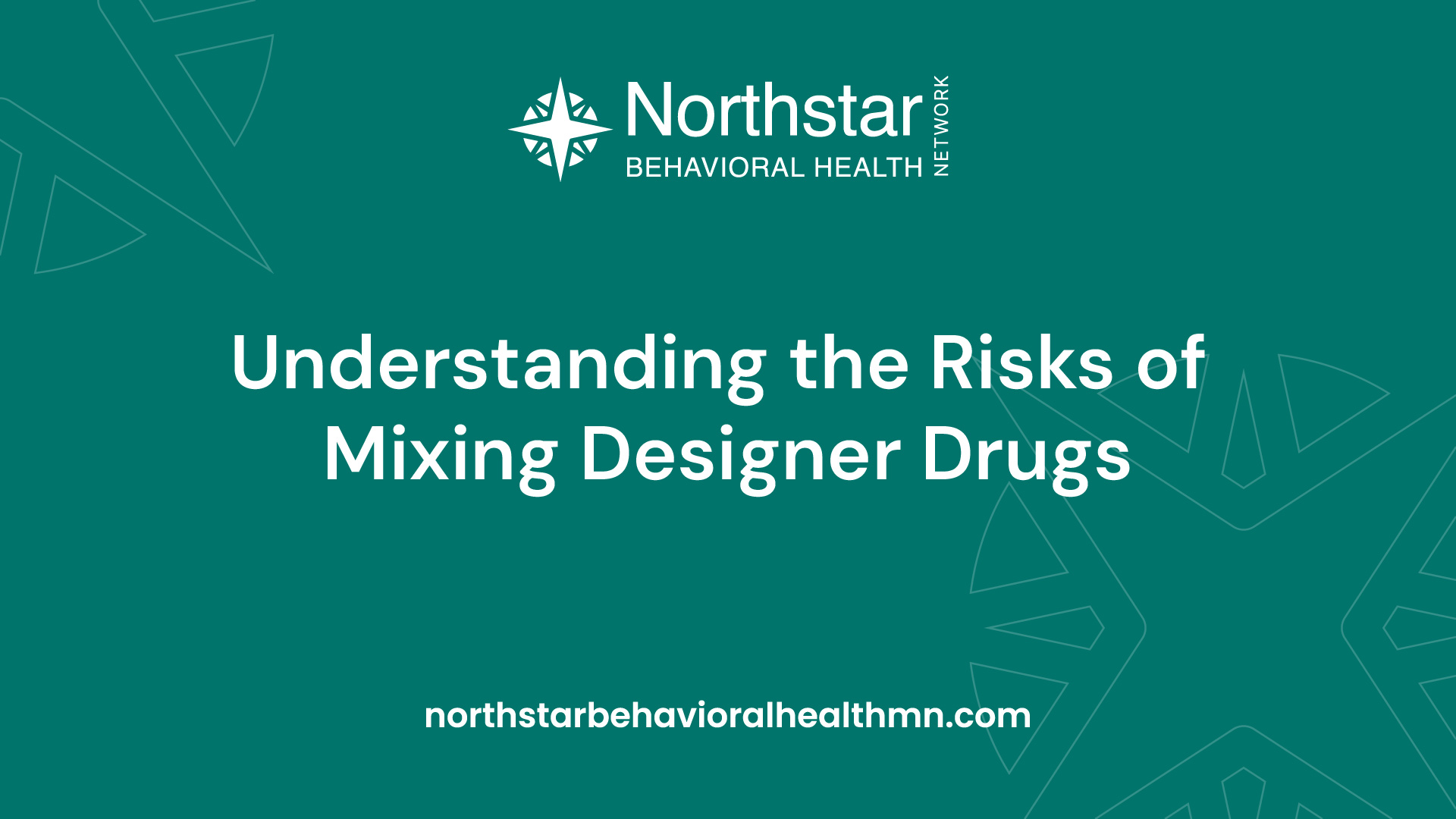
Mixing designer drugs can have lethal consequences. Since the chemical composition of these substances is often unknown or inconsistent, combining them can lead to unforeseen interactions and intensified effects. This can result in severe physical and mental health complications, including:
- Cardiovascular issues: Mixing designer drugs can put an enormous strain on the heart and blood vessels, increasing the risk of heart attack, stroke, or cardiac arrest.
- Respiratory problems: Certain designer drugs can cause respiratory depression, leading to breathing difficulties and potentially fatal outcomes.
- Psychological distress: Mixing designer drugs can trigger severe anxiety, paranoia, hallucinations, and other mental health issues. These psychological effects can be particularly dangerous, as they may lead to self-harm or harm to others.
- Overdose: The combination of multiple designer drugs can greatly increase the risk of overdose. Since the potency and effects of these substances can vary, it becomes challenging to gauge a safe dosage, leading to potentially life-threatening situations.
It is essential to recognize the dangers associated with designer drugs and the potential risks of mixing them. Seeking professional help and treatment is crucial for individuals struggling with substance abuse and addiction. For more information on treatment options and support systems, refer to our article on seeking help.
By understanding the risks involved and the potentially lethal consequences of mixing designer drugs, individuals can make informed decisions about their health and well-being. Education and prevention play vital roles in reducing the harm caused by these dangerous substances. For more information on prevention and education, explore our article on prevention and education.
Lethal Consequences
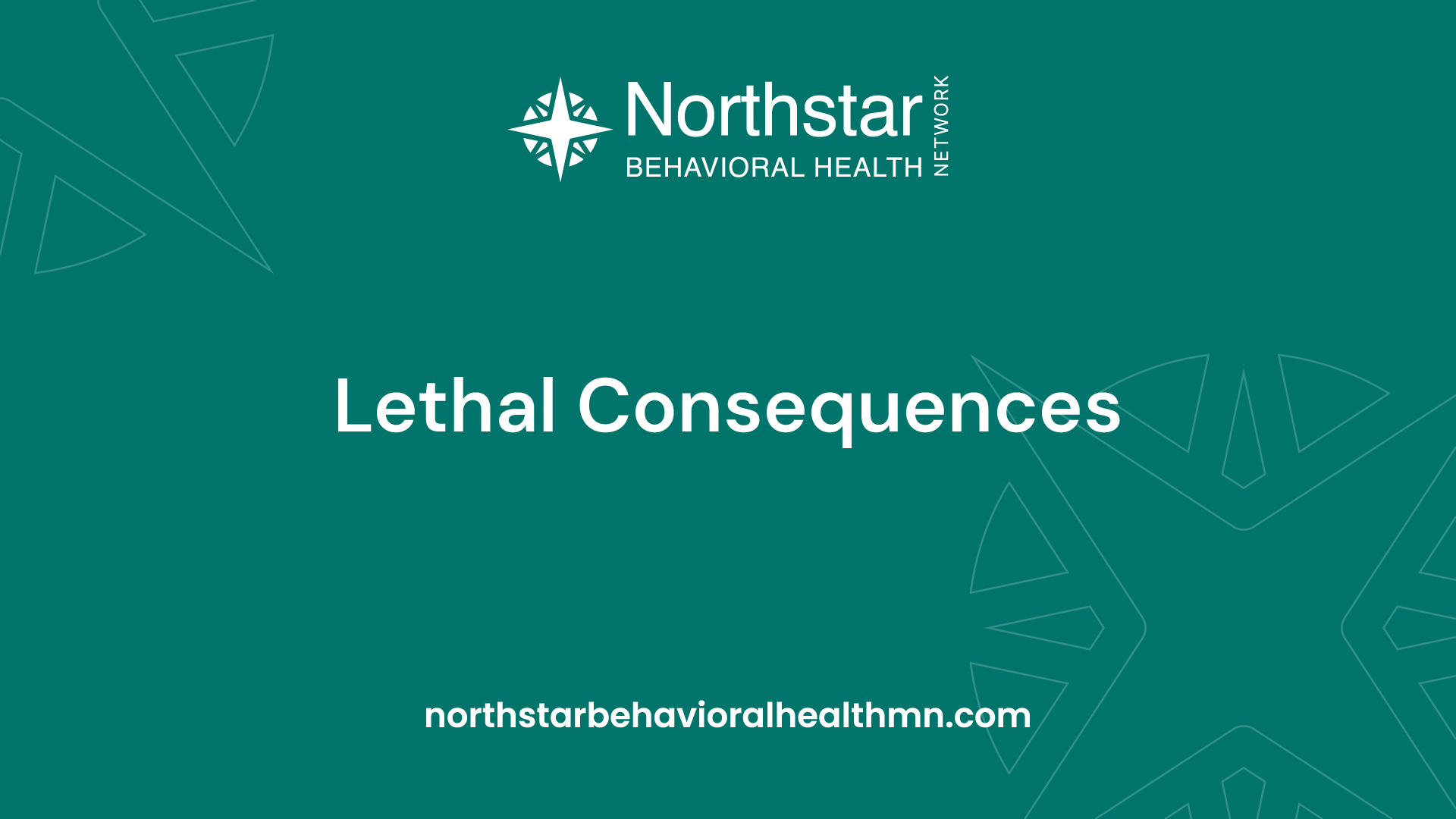
When it comes to mixing designer drugs, the consequences can be deadly. The impact on the body and the mental health effects can be severe and life-threatening.
Impact on the Body
Mixing designer drugs can have a devastating impact on the body. The combination of different substances can lead to unpredictable reactions and intensify the risks associated with each individual drug. The body may struggle to metabolize and eliminate these substances, resulting in a buildup of toxins and an increased strain on vital organs.
The physical effects of mixing designer drugs can vary depending on the specific combination, dosage, and individual factors. Some potential consequences include:
- Cardiovascular issues: Mixing certain drugs can put immense stress on the heart and circulatory system, leading to irregular heart rhythms, high blood pressure, or even heart attacks.
- Respiratory problems: Combining drugs can depress the respiratory system, impairing breathing and potentially causing respiratory failure.
- Organ damage: The liver and kidneys may be particularly vulnerable to the toxic effects of mixing drugs, as they are responsible for filtering and eliminating substances from the body.
- Overdose: Mixing drugs increases the risk of overdose, as the combined effects can overwhelm the body's tolerance and lead to a toxic reaction.
It's important to note that the impact on the body can vary greatly depending on the specific drugs involved and the individual's overall health. If you or someone you know is struggling with addiction and needs help, explore the treatment options available.
Mental Health Effects
Mixing designer drugs can also have profound effects on mental health. The combination of different substances can alter brain chemistry and exacerbate existing mental health conditions or trigger new ones. Some potential mental health effects of mixing designer drugs include:
- Anxiety and panic attacks: The combination of drugs can heighten feelings of anxiety and contribute to panic attacks, leading to increased psychological distress.
- Mood disorders: Mixing drugs can disrupt the delicate balance of neurotransmitters in the brain, potentially leading to mood swings, depression, or manic episodes.
- Psychosis: Certain drug combinations can induce psychosis, characterized by hallucinations, delusions, and a loss of touch with reality.
- Cognitive impairment: Mixing drugs can impair cognitive function, affecting memory, attention, and decision-making abilities.
It's crucial to seek professional help if you or someone you know is experiencing mental health symptoms related to drug use. Remember, there are support systems in place to provide assistance and guidance throughout the recovery journey. Learn more about the available support options in our article on support systems.
Understanding the lethal consequences of mixing designer drugs is vital for individuals who wish to overcome their addiction and prioritize their well-being. By seeking appropriate treatment, support, and education, one can take the necessary steps toward a healthier and drug-free life.
Signs and Symptoms
Recognizing the signs and symptoms of drug abuse is crucial in identifying when someone may be mixing designer drugs and facing potential lethal consequences. Understanding the physical warning signs and behavioral changes can help prompt intervention and support.
Physical Warning Signs
When someone is mixing designer drugs, there are various physical warning signs that may be observed. These signs can vary depending on the specific drugs being used and the individual's response to them. Some common physical warning signs include:
It's important to note that these physical warning signs can also be indicative of other health conditions. Therefore, it's crucial to consider other factors and observe any accompanying behavioral changes to determine if drug abuse is involved.
Behavioral Changes
In addition to physical warning signs, there are several behavioral changes that may occur when someone is mixing designer drugs. These changes can impact various aspects of a person's life, including their relationships, work or school performance, and overall well-being. Some common behavioral changes include:
It's important to approach these behavioral changes with empathy and understanding. If you suspect that someone you know may be mixing designer drugs, it's essential to encourage open communication and support them in seeking help. For more information on available treatment options, check out our article on treatment options.
By being aware of the physical warning signs and behavioral changes associated with mixing designer drugs, you can play a crucial role in identifying and helping individuals who may be at risk. Early intervention and support are vital in preventing the potentially lethal consequences of drug abuse. If you or someone you know is struggling with substance abuse, reach out to a healthcare professional or a helpline for guidance and assistance.
Seeking Help
When facing the challenges of addiction and the potential lethal consequences of mixing designer drugs, seeking help is crucial for recovery. There are various treatment options and support systems available to guide individuals on their journey towards a healthier and drug-free life.
Treatment Options
There are several treatment options available for individuals struggling with addiction to designer drugs. These options may include:
It's important to remember that each individual's journey to recovery is unique, and what works for one person may not work for another. It's advisable to consult with healthcare professionals or addiction specialists to determine the most appropriate treatment option based on individual circumstances and needs.
Support Systems
Having a strong support system is crucial for individuals seeking help and recovering from addiction. Support systems can provide encouragement, guidance, and accountability throughout the recovery journey. Some examples of support systems include:
- Family and Friends: Loved ones can play a significant role in providing emotional support and understanding. Their encouragement and involvement can make a positive impact on the recovery process.
- Support Groups: As mentioned earlier, support groups like NA or AA offer a community of individuals who share similar experiences. Attending meetings and engaging with peers who understand the challenges of addiction can be immensely beneficial.
- Therapists and Counselors: Licensed therapists or addiction counselors can provide professional guidance and support throughout the recovery journey. They can help individuals develop coping strategies, address underlying issues, and navigate the challenges of addiction.
- Online Communities: Online forums and communities focused on addiction and recovery can provide a sense of belonging and connection, even from the comfort of one's own home. These platforms offer a space to share experiences, seek advice, and find support.
By leveraging treatment options and support systems, individuals can find the necessary tools and resources to overcome addiction and work towards long-term sobriety. It's important to remember that seeking help is a courageous step, and no one has to face the challenges alone.
Prevention and Education
When it comes to the dangers of mixing designer drugs, prevention and education play a crucial role in minimizing the risks and protecting individuals from the lethal consequences. By increasing awareness and educating others, we can create a safer environment for everyone involved.
Importance of Awareness
Raising awareness about the dangers of mixing designer drugs is essential to help individuals understand the potential risks and make informed choices. It is important to highlight the life-threatening consequences that can arise from combining different substances, as well as the increased susceptibility to overdose and other health complications.
By increasing awareness, we can empower individuals to recognize the signs and symptoms of designer drug use and encourage them to seek help when needed. This knowledge can also aid in the prevention of experimentation and reduce the number of individuals who engage in risky behaviors.
Educating Others
Education plays a vital role in preventing the misuse and mixing of designer drugs. By educating others, we can equip individuals with the knowledge and tools necessary to make informed decisions. This includes understanding the specific dangers associated with different types of designer drugs, as well as the potential interactions and harmful effects that can occur when they are combined.
Educational initiatives should focus on providing accurate and up-to-date information about the risks of designer drug use, the signs of addiction, and the importance of seeking professional help. It is also important to address the underlying factors that contribute to the use of designer drugs, such as peer pressure, stress, and mental health issues.
By incorporating drug education programs in schools, community centers, and other relevant settings, we can reach a wider audience and promote a culture of knowledge and awareness. Additionally, providing resources and support for individuals who want to educate themselves and others can further contribute to the prevention of designer drug misuse.
Remember, prevention and education are ongoing efforts that require the collective efforts of individuals, communities, and organizations. By working together to raise awareness and educate others, we can make a significant impact in reducing the lethal consequences associated with mixing designer drugs.
Moving Forward
Recovery from addiction is a journey that requires determination, commitment, and support. For individuals who have experienced the dangerous consequences of mixing designer drugs, moving forward means embracing the recovery journey and striving for long-term sobriety.
Recovery Journey
The recovery journey is unique to each individual. It involves addressing the physical, emotional, and psychological aspects of addiction. It begins with the decision to seek help and make positive changes in one's life. Treatment options for addiction can vary depending on the individual's needs and preferences. Some common approaches include:
- Inpatient Rehabilitation: Inpatient rehabilitation offers a structured and supportive environment where individuals can receive intensive treatment and therapy. It provides a safe space to focus on recovery away from triggers and temptations.
- Outpatient Programs: Outpatient programs allow individuals to receive treatment while continuing to live at home. These programs offer flexibility and can be tailored to fit individual schedules and needs.
- Support Groups: Support groups, such as Narcotics Anonymous or SMART Recovery, provide a network of individuals who have gone through similar experiences. These groups offer support, guidance, and a sense of community during the recovery process.
- Therapy: Individual therapy, such as cognitive-behavioral therapy (CBT) or motivational interviewing, can help individuals address underlying issues, develop coping strategies, and build resilience.
It's important to remember that the recovery journey is not linear. It may involve setbacks and challenges along the way. However, with determination and a strong support system, individuals can overcome obstacles and continue moving forward towards long-term sobriety.
Long-Term Sobriety
Attaining long-term sobriety is the ultimate goal of the recovery journey. It means maintaining a drug-free lifestyle and making positive choices that support overall well-being. Here are some strategies that can help individuals achieve and sustain long-term sobriety:
- Building a Support Network: Surrounding yourself with a supportive network of family, friends, and fellow individuals in recovery can provide encouragement, accountability, and understanding.
- Implementing Healthy Coping Mechanisms: Developing healthy coping mechanisms, such as exercise, mindfulness, and hobbies, can help manage stress and cravings. Engaging in activities that bring joy and fulfillment can replace the desire for substance use.
- Avoiding Triggers: Identifying and avoiding triggers, such as people, places, or situations associated with drug use, can greatly reduce the risk of relapse. It may require making changes to one's social circle or adopting new routines.
- Continuing Therapy and Support: Maintaining regular therapy sessions and participating in support groups even after completing formal treatment can provide ongoing guidance, accountability, and encouragement.
- Setting Realistic Goals: Setting achievable goals and celebrating small victories along the way can boost motivation and reinforce a sense of accomplishment. Taking things one day at a time can make the journey more manageable.
Remember, recovery is a lifelong process. It's essential to be patient, kind, and compassionate with oneself. Celebrate progress, seek support when needed, and continue striving for long-term sobriety. The path may not always be easy, but with determination and a commitment to personal growth, it is possible to move forward and embrace a healthier, drug-free life.

.jpg)

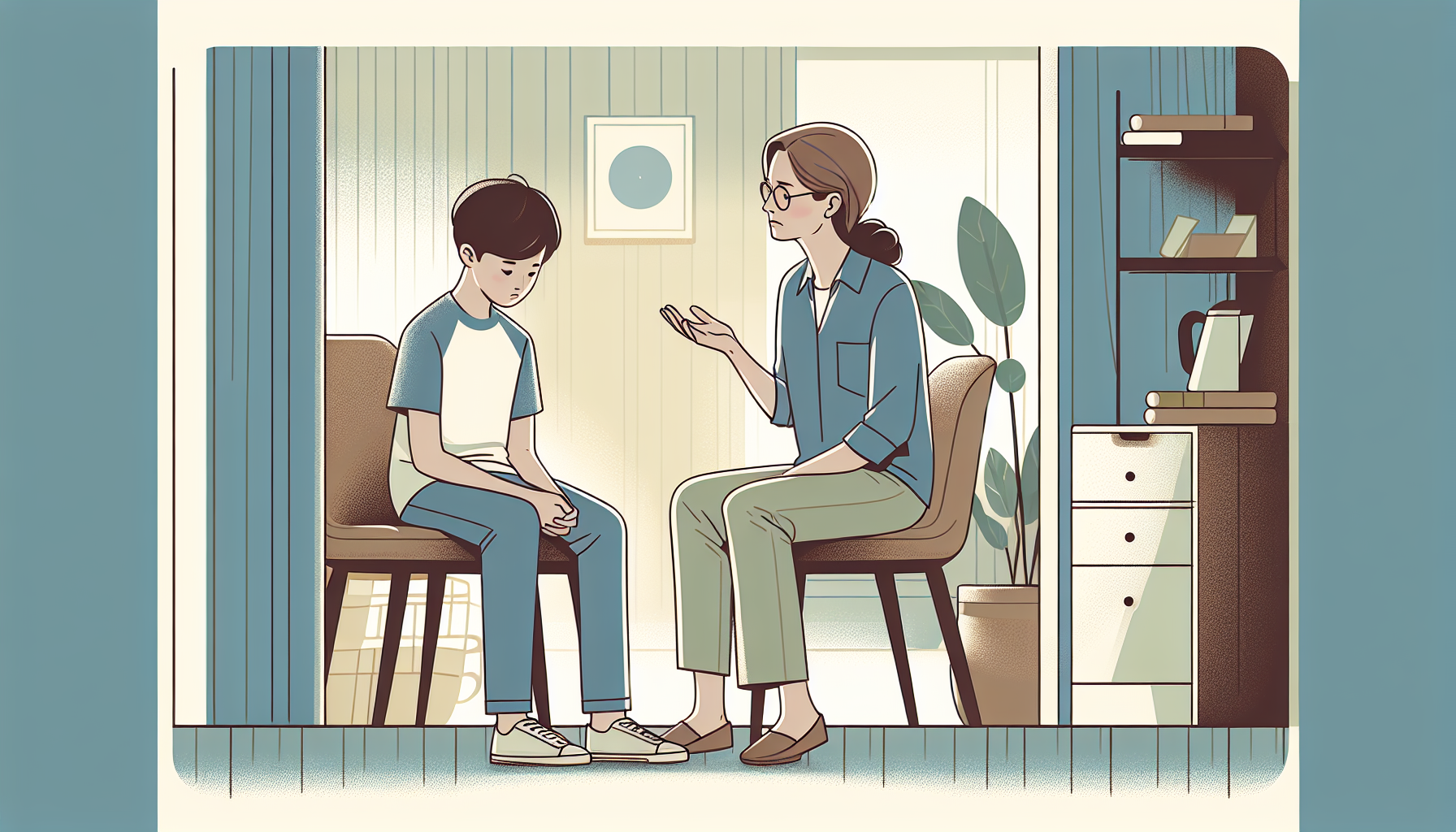
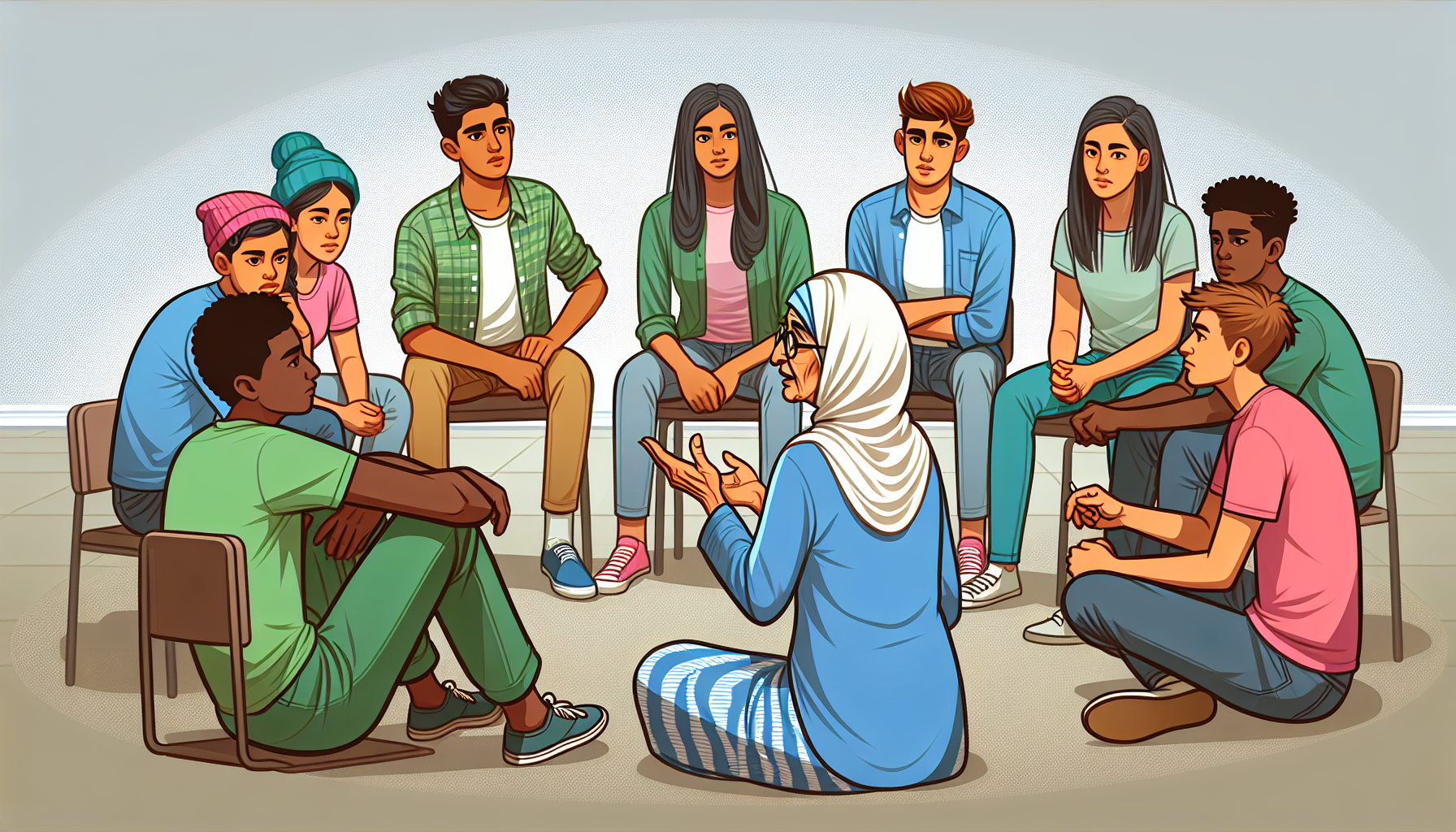

.jpg)
